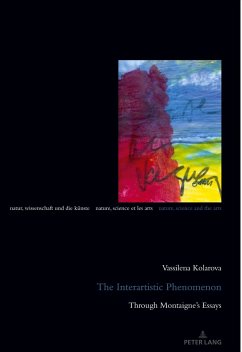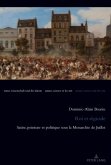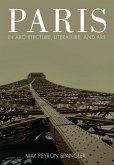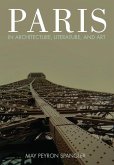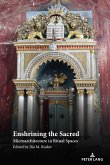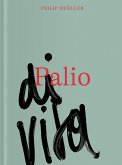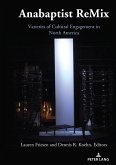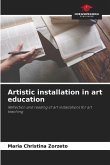The book explores the term of «interartistic phenomenon» that Vassilena Kolarova introduces in the semiotic field of intermedial researches. The writer manifests the existence of the interartistic phenomenon which expresses the relation arising between arts at the time of an aesthetic perception of a work of art. Her concept of interartistic phenomenon differs from intertextuality since it affects arts. The semiotic analysis is concentrated on the works of Michel de Montaigne focusing the research on his famous «Essays» and «The Diary of Montaigne's Travels». The aim of the research is to study the work of Montaigne as a work of art in first place. The varieties of the «interartistic phenomenon» which exist in the work of Montaigne are analyzed in light of the artistic vocabulary he is using to qualify his work. The author of the book takes notice of the interartistic conception in the work of Montaigne revealed by the convergence of nature and art, particularly in the diary of Montaigne's travels. Here the author studies the interartistic phenomenon in the context of the Renaissance and its evolution from ancient philosophy (Horace - Ut pictura poesis, Philostrate - ekphrasis) through Renaissance (Leonardo da Vinci's Paragone) to modern ideas whereas the research is done from a theoretical point of view.
Bitte wählen Sie Ihr Anliegen aus.
Rechnungen
Retourenschein anfordern
Bestellstatus
Storno

